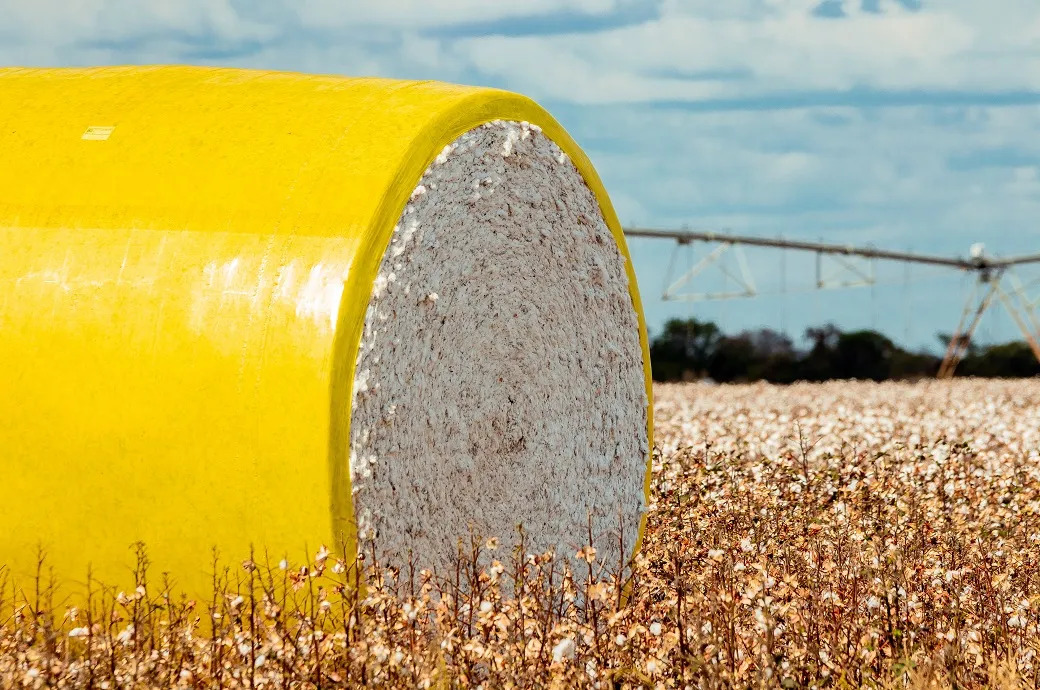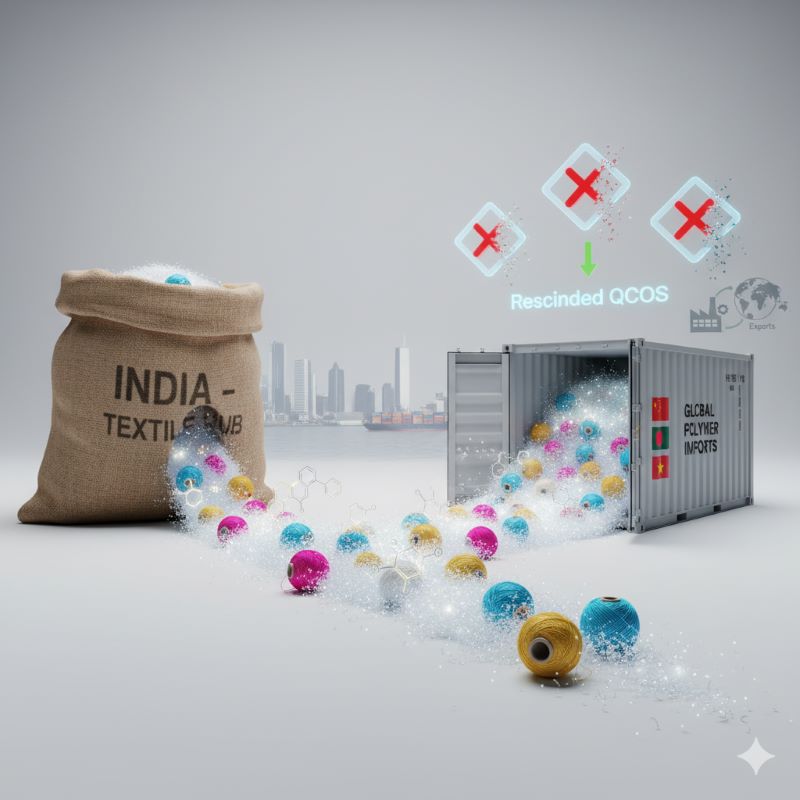The textile and clothing industry which emits tons of carbon dioxide annually, is taking a toll on the environment. The industry is responsible for extensive water use and pollution and produces 2.1 billion tons of waste annually. Global consumption of clothes has doubled between 2000 and 2014. On a global average, every person buys five kg of clothes a year but in Europe and the US the figure is as high as 16 kilograms. Overall apparel consumption is projected to rise even further, from 62 million tons in 2015 to 102 million tons in 2030. This projected increase in global fashion consumption will create further environmental stress and risks.
Areas where companies can make improvements are a strategy to operate within the planet’s ecological boundaries; climate change; water management and stewardship; raw materials; joint environmental management in the supply chain; chemicals management; investment, stakeholder engagement and responsibility for public policy; and new business models to decouple consumption from resource use.
Consumers can contribute to reducing the industry’s environmental impact by buying less; simplifying their style and wardrobe; by using timeless, high-quality clothes and enriching those with accessories and second-hand items; maintaining their clothes; bringing them to a recycling facility; buying organic, green and high quality items; and creating awareness.
Looming dangers of clothing pollution
- 1
- 2
- 3
- 4
- 5
- 6
- 7
- 8
- 9
- 10
India's Textile Sector Sews Up Global Trade Alliances in Singapore: Focus on FTA…
The future of India’s textile and textile machinery sector is poised for exponential growth, driven by strategic international collaborations, notably... Read more
QCO rollback and export boost, the two-step formula powering India’s textile com…
November 12, 2025, could go down as a watershed date in India’s textile history. In a single day, the government... Read more
Cotton's Comeback: Brazil's blueprint for a natural fiber renaissance
The global textile industry operates on an assumption: natural fibers are nearing their ceiling of growth, with future demand almost... Read more
India's $2.92 bn export surge drives focus on performance, policy at Techtextil …
In line with its momentum to establish itself as a global textile manufacturing powerhouse, India is accelerating its focus on... Read more
Fashion’s new equation, profits meet planetary limits at Lisbon’s Textile Exchan…
The Textile Exchange Conference 2025, held under the theme ‘Shifting Landscapes’, marked more than another industry meet-up; it was a... Read more
India Scraps QCOs on Polyester, Polyester Fibre: A level playing field or domest…
In a major policy reversal, the Ministry of Chemicals and Fertilizers, through a notification in the Gazette of India dated... Read more
Is secondhand fashion the new fast fashion?
The fashion industry has long touted secondhand shopping as a silver bullet for sustainability, a movement that redefines style through... Read more
Source Fashion 2026: Championing collaboration to drive sustainable supply chain…
Europe’s premier fashion sourcing show, Source Fashion, is set to double down on the power of collaboration for its upcoming... Read more
Bharat Tex 2026: A premier event for the global textiles and apparel industry
A key consortium of leading Export Promotion Councils (EPCs) and industry associations, the Bharat Tex Trade Federation (BTTF) is set... Read more
Global Sourcing Expo: Offering an unparalleled access to international manufactu…
The highly anticipated Global Sourcing Expo is set to return to the Melbourne Convention and Exhibition Center from November 18,... Read more












